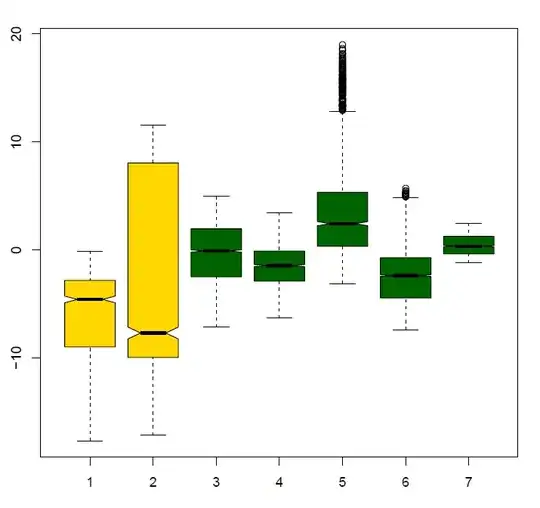I'm measuring the error produced by operators executing planar cuts under different guiding systems. I define a target plane and then measure the euclidean distance from uniformly sampled points in the target plane to the executed plane. Since the target plane is my coordinate system reference, I define it as the plane $xz$ in $\mathbb{R}^3$. The executed plane $E$ is defined as $ax + by + cz + d=0$ with $b \neq 0$ and, given that I'm sampling points from $xz$ and projecting them into $E$, then $b$ could never be $0$. Then $E$ could be rewriten as $y = -\frac{a}{b}x - -\frac{c}{b}z -\frac{d}{b}$ with $x \sim \mathcal{U}(x_{min}, x_{max})$ and $z \sim \mathcal{U}(z_{min}, z_{max})$. Of course, the cutting tool also produces some (maybe normal) noise that affects $y$. The random variable $y$ is not normally distributed (I've tested it and I've plotted some qq-plots of it).
I have 2 different guiding systems and I have to test if they are significantly different wrt the above described measurement method. Which method do you recommend me to use to test my hypothesis?

Thanks!